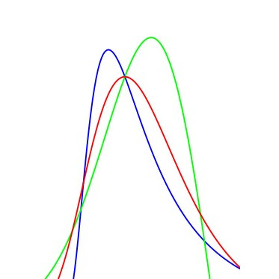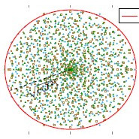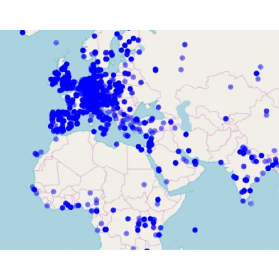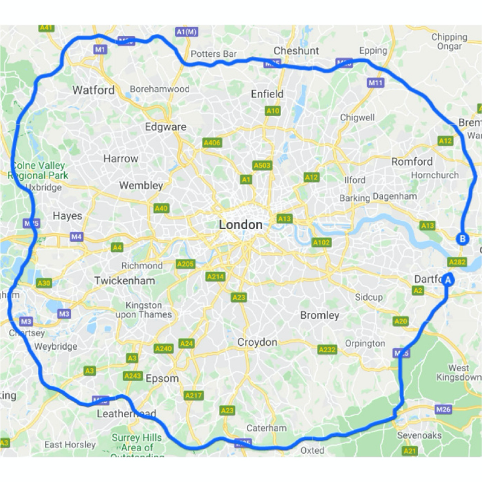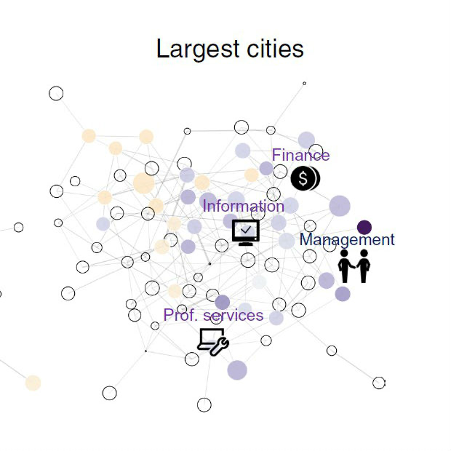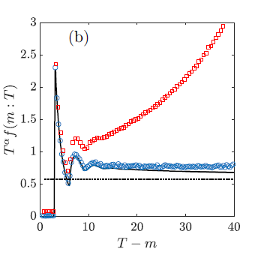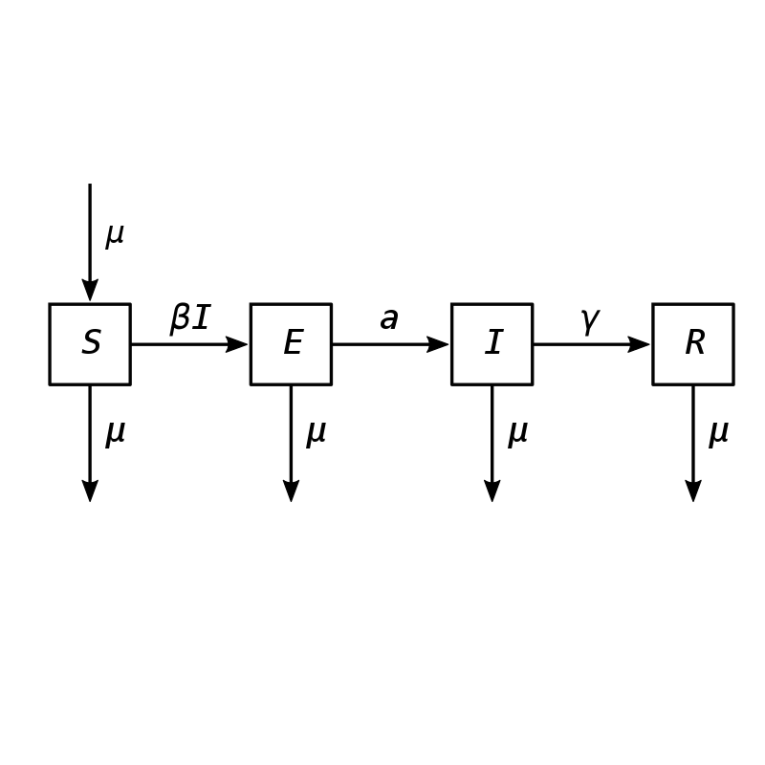Blog
-
Extreme value distributions of observation recurrences
Posted on
by
Over the past few years, extreme value theory (EVT) has increasingly found use in the analysis of dynamical systems, especially to quantify the probabilities of rare events, defined as visits to particular small subsets of the phase space.
-
Localization and Universality of Eigenvectors in Directed Random Graphs
Posted on
by
Many complex systems including neural networks, ecosystems, physical materials or the World Wide Web involve individual components which interact in large networks.
-
Quantifying simultaneous innovations in evolutionary medicine
Posted on
by
Many historians see great innovations as emerging from the genius and relentless hard work of individuals, yet attributing innovations to specific individuals is not always straightforward.
-
A non‐parametric Hawkes process model of primary and secondary accidents on a UK smart motorway
Posted on
by
In the United Kingdom, traffic accidents led to 1782 deaths and 25,484 serious injuries in 2018. In addition to these direct human costs, crashes, collisions and breakdowns also cause severe congestion leading to significant drops in road efficiency. Hence, there is an
-
Epidemic oscillations induced by social network control: the discontinuous case
Posted on
by
The principles of control theory assert that feedback often leads to unstable behaviour and oscillatory dynamics. Examples include engineering systems such as thermostats and steering devices, as well as natural and biological systems.
-
The universal pathway to innovative urban economies
Posted on
by
As centres of human population and civilisation, cities have pushed the boundaries of human productivity and innovation.
-
Extreme value theory for constrained physical systems
Posted on
by
Many stochastic processes in natural and man-made systems exhibit occasional extreme events which are rare in comparison to usual outcomes. Though infrequent, such events can still carry decisive weight.
-
Narrative structure of A Song of Ice and Fire creates a fictional world with realistic measures of social complexity
Posted on
by
The global television hit Game of Thrones, first aired in 2011, was inspired by a series of fantasy books written by George R. R. Martin. Since publication in 1996, A Song of Ice and Fire has been translated into more than 45
-
Using posterior predictive distributions to analyse epidemic models: COVID-19 in Mexico City
Posted on
by
Scientists and public health officials have relied on a variety of epidemiological models to forecast the trajectory of the coronavirus pandemic, and to derive guidance for policies aiming to avoid overloading health facilities. All such models contain parameters, and forecasting tools tend
-
Modeling the second wave of COVID-19 infections in France and Italy via a stochastic SEIR model
Posted on
by
Late in the spring of this year, many nations around the world, especially in Europe, faced public health crises, as coronavirus infections threatened to overwhelm their intensive care facilities. Authorities responded with drastic measures to reduce social contacts, closing businesses and schools,

